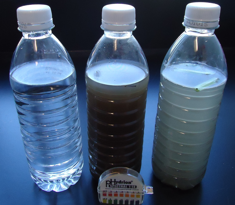
by cbrookallred | May 15, 2017 | Gr 7-8 Science & Tech, Gr 9-10 Science, Gr. 11-12 Chemistry
This demonstration shows some differences between potable (drinkable) water and non-potable (non-drinkable) water. Variations in temperature, turbidity and pH level also determine the types of microorganisms that can thrive in each water sample. After the...
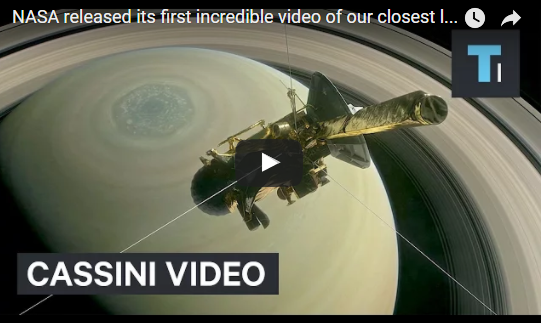
by msander | May 15, 2017 | Gr 4-6 Science & Tech, Gr 9-10 Science, Gr. 11-12 Physics
On April 26, the Cassini spacecraft flew closer to Saturn than ever before — between the gap that separates the planet from its rings. Since then, Cassini has been transmitting dozens of images of Saturn’s surface. Here, NASA has compiled all the images into...
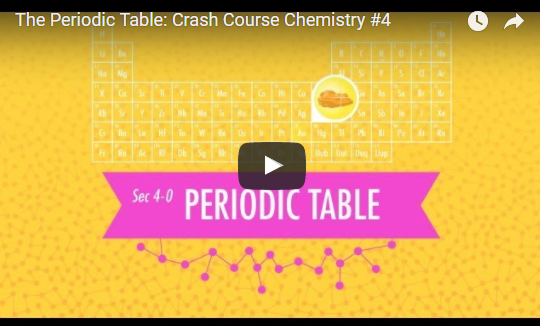
by msander | May 15, 2017 | Gr 9-10 Science, Gr. 11-12 Chemistry
Hank gives us a tour of the most important table ever, including the life story of the obsessive man who championed it, Dmitri Mendeleev. The periodic table of elements is a concise, information-dense catalog of all of the different sorts of atoms in the universe, and...
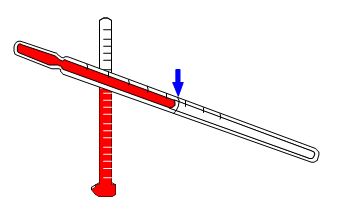
by cbrookallred | May 15, 2017 | Gr 7-8 Science & Tech
The Italian scientist, Galileo Galilei, created one of the first thermometers in the late 1500s. It was a rather simple apparatus involving a long thin tube, open at one end, and a pan of water. Students can replicate this experiment, demonstrating the principle...
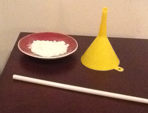
by cbrookallred | May 11, 2017 | Gr 9-10 Science, Gr. 11-12 Chemistry
Introduction Flour is an ingredient that is found in most kitchens and used regularly for baking and cooking. Consequently, it is considered safe, and people do not regard the potential hazards. In reality, flour and dust explosions are extremely dangerous, and...







Recent Comments